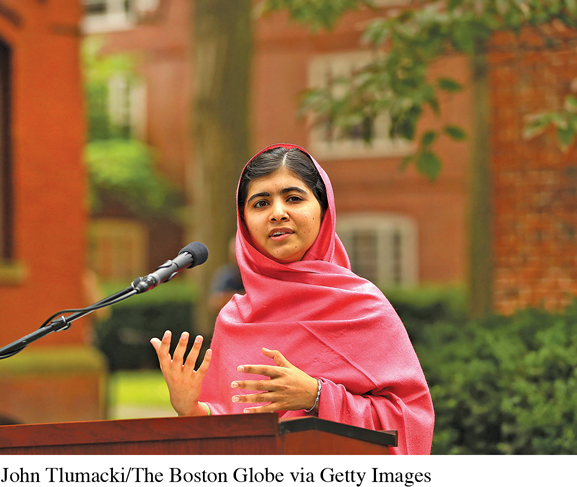Embracing Difference
People are almost unimaginably diverse in their cultural beliefs, values, and practices. And as the interpersonal world becomes increasingly connected through technology, rarely does a day go by when we don’t engage people who are culturally different from us. It might be as simple as passing someone on the street who is dressed in religious garb, indicating that their religious beliefs are different from yours. It might be getting takeout from an ethnic restaurant, only to find that you’re the sole person of your ethnicity there. It might even be a more culturally immersive experience, such as taking part in a study abroad or serving in the military overseas.
Across all of these points of intercultural contact, our natural inclination is to perceive distance. When we see or speak with someone who is culturally different, we often immediately think, “He is nothing like me!” or “She and I could never share anything in common!” This perception of distance between ourselves and diverse others feeds a host of associated interpersonal judgments and behaviors, including the use of stereotypes, awkward or incompetent communication, and, more negatively, prejudice.
It takes a radical shift in perspective to not flinch and pull away when faced with difference but to embrace it. Yes, it’s true that people are different in their cultural beliefs, traditions, values, and communication; and such differences are deep, not superficial. But difference doesn’t mean distance. It just means . . . difference! People who are culturally different from us may share profound points of commonality, upon which valuable and impactful encounters and relationships can be built. When we embrace the cultural differences of others, metaphorically pulling diverse others closer rather than pushing them away, a host of personal and interpersonal benefits immediately open up before us. These include the possibility of new friendships, romances, and professional alliances; an enriched understanding of other cultures and co-cultures; and, ultimately, a more refined view of ourselves and how we fit into the rich tapestry of life that constitutes the human interpersonal world.
POSTSCRIPT

We began this chapter with a teen blogger who became the youngest person in history to win a Nobel Prize. When the Taliban took over the valley in which she lived, Malala Yousafzai refused to be cowed by their threats, even though it meant the possibility of her own death. And when she spoke out publicly on behalf of women and girls, she took a stand for people everywhere who are oppressed by cultural intolerance.
What struggles have you faced related to your cultural identity? Have you ever experienced threats because of who you are and the culture you’re from? Did you lift your voice in challenge, or silently acquiesce?
Malala’s courage in the face of extreme adversity reminds us of the triumphant power of tolerance. When we treat those who are culturally different from us with kindness, fairness, and respect, we bridge those aspects that would divide us, and honor the humanity that unites us.